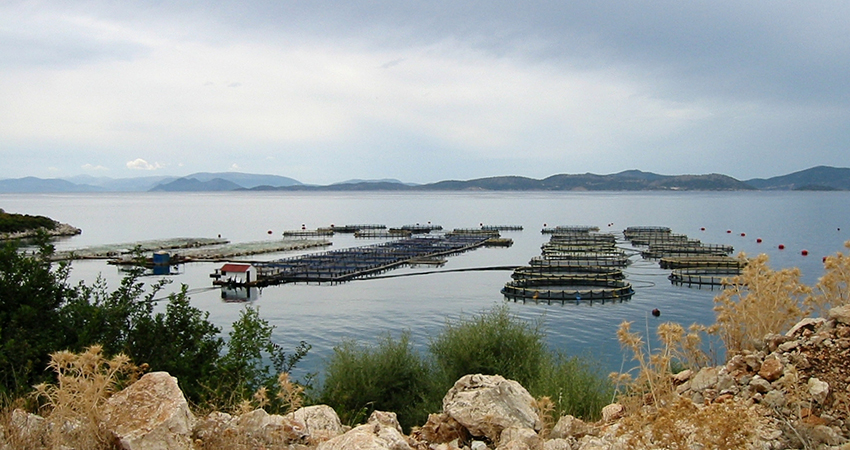Aquaculture must learn from its mistakes as major expansion is planned

-
 Fergal MacErlean
Fergal MacErlean
Share article:
The European Aquaculture Society (EAS) has welcomed new guidelines drawn up by the European Commission for a major expansion of the aquaculture sector but cautions that a thorough analysis of failures to implement the previous strategic guidelines is essential.
In the guidelines, approved by the EU Council in July, the Commission notes that two key enabling conditions for the EU aquaculture sector to grow as a resilient and competitive sector are access to space and water; and a regulatory and administrative framework that is transparent and efficient. Despite the progress made in some Member States since the adoption of the 2013 strategic guidelines, further efforts are necessary in both these areas, the Commission adds.
Growth is needed
There is huge scope for the EU aquaculture industry to grow with the guidelines set out for this decade – a 2021 EU report on Blue farming found that current production only covered 10% of the seafood consumed in the EU and accounted for less than 2% of world production.
Aquaculture concentrates in four Member States
The report also found that aquaculture production and consumption in the European Union has not grown at the same pace as in other parts of the world. In 2018, of the total consumption of fish and seafood by the average EU citizen, only 25% came from aquaculture. Furthermore, almost 70% of aquaculture production in the EU is concentrated in just four Member States: Spain, France, Italy and Greece.
Greatest produce is shellfish
In terms of volume of aquaculture production per category of species, more than half comes from shellfish, while marine fish and freshwater fish each account for around 20% of the total volume. The vast majority of EU production consists of mussels, trout, seabream, oysters, seabass, carp and clams.
Former guideline not fully implemented
The European Aquaculture Society board, in an opinion submitted to the Economic and Social Committee of the European Parliament, stated that the new guidelines were comprehensive in scope but there was a need to understand why some guidelines from the 2013 strategy were not successfully implemented.
Production stayed behind
“These new guidelines must therefore build on previous initiatives and before starting new actions, we should be very clear on what has been achieved and why we have been unsuccessful in implementing others. One example of this is the impact of the European Maritime and Fisheries Fund in many Members States. While it can be shown to have contributed to the observed increase in the value of EU production, it has seemingly not had a significant effect on production volume,” the EAS stated.
Plea for closed farming systems
While EU aquaculture operations currently utilize both open and closed farming systems it is likely that the sustainable future of the industry lies in closed systems as advocated by the European Anglers Alliance (EAA). Jan Kappel, secretary general of the EAA, told WaterNewsEurope that “EAA’s position is that fish farming should all be disconnected from the environment by closed farming systems, which can be on land or at sea. “A closed system would eliminate some of the negative impacts on wild fish and the environment from fish farming, like medicine, uneaten feed, chemicals, excrements, parasites and diseases.”










